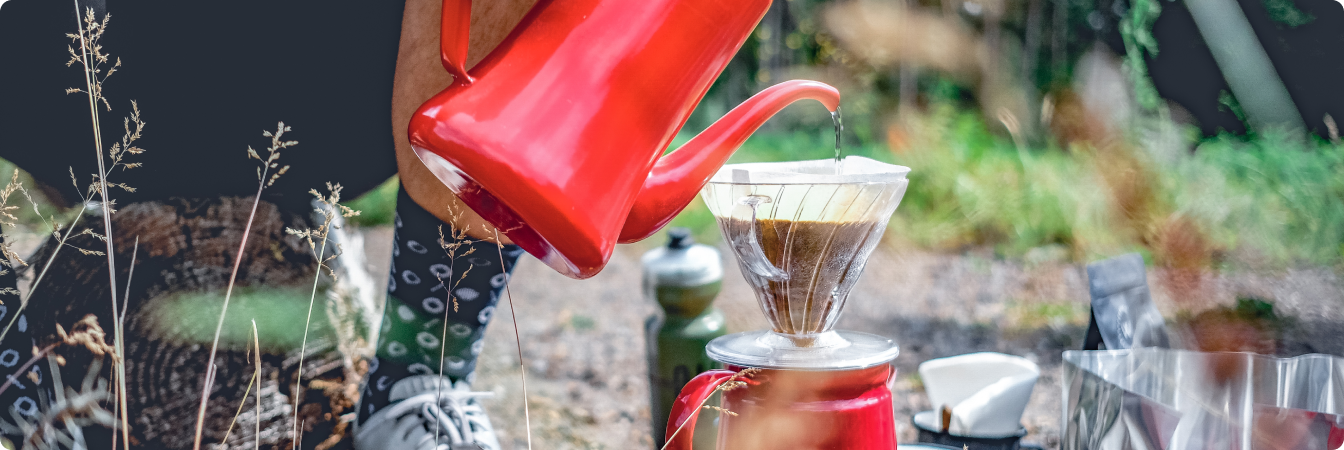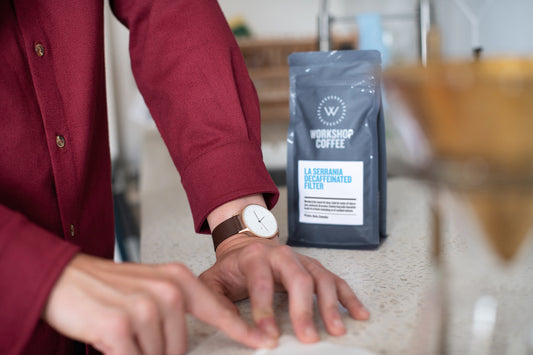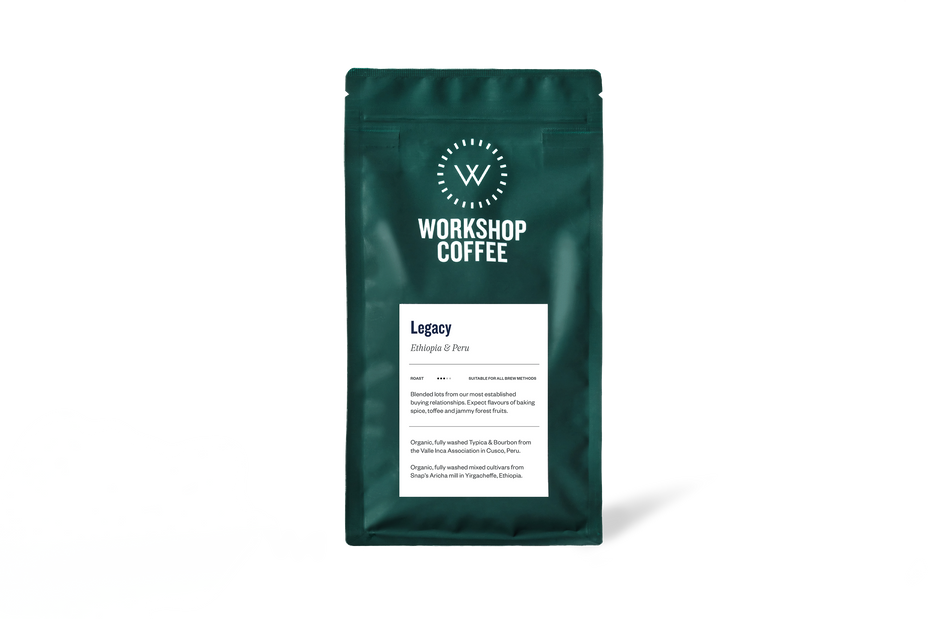Energising encounters
Stories that fuel our community.


A Closer Look at Decaffeinated Coffee
Decaffeinated coffee remains a taboo amongst some people specialty coffee world. I haven't seen any other coffee trope so ubiquitous, whether tattooed onto a forearm, scrawled on an A-board or emblazoned...
A Closer Look at Decaffeinated Coffee
Decaffeinated coffee remains a taboo amongst some people specialty coffee world. I haven't seen any other coffee trope so ubiquitous, whether tattooed onto a forearm, scrawled on an A-board or emblazoned...
Read more
Read more
Kabingara AA Espresso: Where To Drink It
We like to explore all avenues of potential tastiness with our coffees, test roasting them numerous times before they ever see time on bar. Sometimes during this process we discover a coffee...
Kabingara AA Espresso: Where To Drink It
We like to explore all avenues of potential tastiness with our coffees, test roasting them numerous times before they ever see time on bar. Sometimes during this process we discover a coffee...
Read more
Fresh Crops: Cult of Done v.24, Finca San Franc...
It’s been said many times but we will say it again; Cult of Done is no boring house espresso. Our latest iteration is proof of just that as we consecutively...
Fresh Crops: Cult of Done v.24, Finca San Franc...
It’s been said many times but we will say it again; Cult of Done is no boring house espresso. Our latest iteration is proof of just that as we consecutively...
Read more
Fresh Crops: Cult of Done v.23 - Duromina, Ethi...
One of the joys of spring, in our minds anyway, is the arrival of fresh crop coffees from Africa. Something we look forward to intently, especially on the back of...
Fresh Crops: Cult of Done v.23 - Duromina, Ethi...
One of the joys of spring, in our minds anyway, is the arrival of fresh crop coffees from Africa. Something we look forward to intently, especially on the back of...
Read more
A New Masterclass: Our Espresso Technique
It’s been a long time in the making, but we’re finally ready to open the doors of our new bespoke training lab to the public, for a two-and-a-half hour Masterclass:...
A New Masterclass: Our Espresso Technique
It’s been a long time in the making, but we’re finally ready to open the doors of our new bespoke training lab to the public, for a two-and-a-half hour Masterclass:...
Read more
Fresh Crops: La Plaza, Costa Rica
Getting your hands on a new coffee to roast and taste is always an enjoyable thing. A new espresso this good? Well that's a great thing! The second of...
Fresh Crops: La Plaza, Costa Rica
Getting your hands on a new coffee to roast and taste is always an enjoyable thing. A new espresso this good? Well that's a great thing! The second of...
Read more
Finca Tamana: Our First Restricted Release
Since 2012 we've been purchasing all we can of the top quality lots produced at Finca Tamana; Elias Roa's farm in El Pital, Colombia. We sent Richard to visit him in...
Finca Tamana: Our First Restricted Release
Since 2012 we've been purchasing all we can of the top quality lots produced at Finca Tamana; Elias Roa's farm in El Pital, Colombia. We sent Richard to visit him in...
Read more
Fresh Crops: Cult Of Done Espresso v.17
As Cult of Done v.16 coffees turn their final batches in our Probat we obviously cannot stop the supply of tasty espresso to you, wherever you may be in the world....
Fresh Crops: Cult Of Done Espresso v.17
As Cult of Done v.16 coffees turn their final batches in our Probat we obviously cannot stop the supply of tasty espresso to you, wherever you may be in the world....
Read more
Read more
Fresh Crops: Cult of Done Espresso v.15
Where does the time go? It seems like only yesterday we were unveiling our very first iteration of our Cult of Done Espresso, and yet here we are today, releasing...
Fresh Crops: Cult of Done Espresso v.15
Where does the time go? It seems like only yesterday we were unveiling our very first iteration of our Cult of Done Espresso, and yet here we are today, releasing...
Read more
Fresh Crops: Yukro Espresso, Ethiopia
And as surely as you've been enjoying our latest coffee -- Yukro, Ethiopia -- we're confident you're going to love its counterpart/rival; Yukro Espresso, Ethiopia. It's a different...
Fresh Crops: Yukro Espresso, Ethiopia
And as surely as you've been enjoying our latest coffee -- Yukro, Ethiopia -- we're confident you're going to love its counterpart/rival; Yukro Espresso, Ethiopia. It's a different...
Read more
Cult of Done Espresso - Lucky 13
Winging its way out to our Wholesale Partners over the next few days... preview samples of Cult of Done Espresso - Lucky 13. We're not saying what's in it just yet (how...
Cult of Done Espresso - Lucky 13
Winging its way out to our Wholesale Partners over the next few days... preview samples of Cult of Done Espresso - Lucky 13. We're not saying what's in it just yet (how...
Read more
Untapped potential
Have you tried:
Untapped potential
Have you tried:

Subscribe to our newsletter
More energising updates
Join our collaborative coffee community and enjoy important news and exclusive offers.




